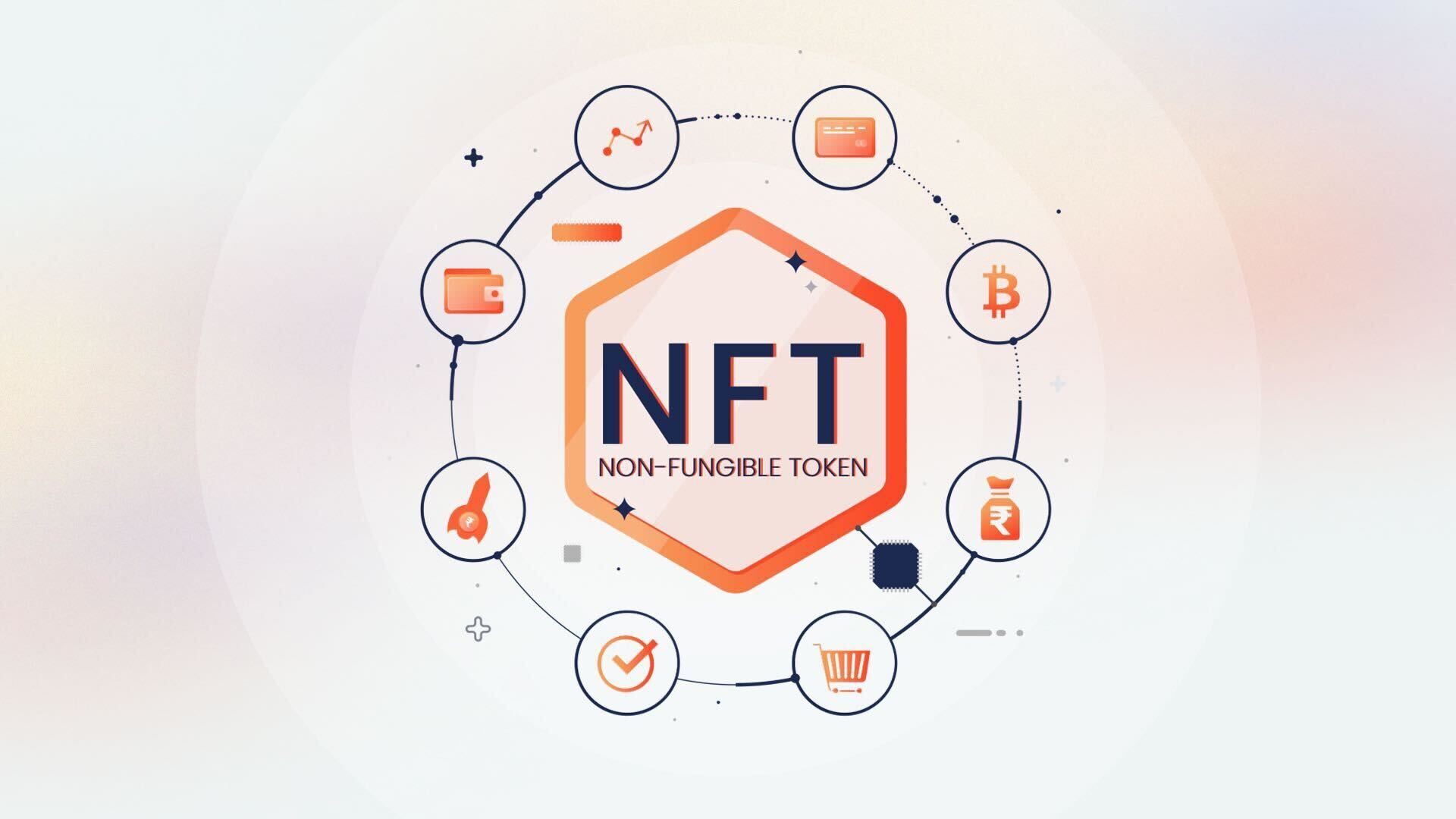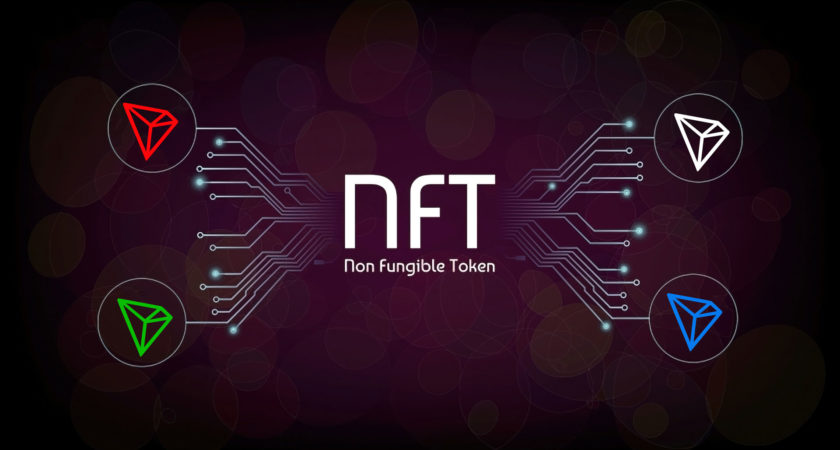NFTs, with their ever-growing number of use cases, have become a symbol of the new era of the digital world. Their potential is of interest to many. However, the NFT space is still in the ICO phase, so its structure is still vulnerable to scammers looking to cash in on new trends and technologies.
In this article, we’ll look at what scams exist in the NFT sphere and how you can protect yourself from them. In protecting your privacy and confidentiality, this Bitcoin tumbler can help you. With it, you will be able to mix your cryptocurrency with other users’ cryptocurrencies, thus making it completely anonymous.
If you will have any questions about this system, like “Can I send several transactions to the address specified in the order?” you can find the answers on the same website in the FAQ section.
What is NFT?
An NFT is a non-interchangeable (that is, unique) token. NFT can be represented in any form: as a photo, video, audio file, etc. The excitement generated by NFTs is also due to their ability to use technology to sell and collect digital art.
What NFT fraud schemes exist?
Here are the main fraud schemes based on NFT that our team was able to detect.
Creating fake websites
One common method of NFT fraud is to copy websites and apps of well-known brands. Copies of NFT stores or fake cryptocurrencies are distributed on social networks and special forums. Sometimes this is even done via email, so you need to remain extremely vigilant.
Counterfeiting NFT projects
In these schemes, attackers are transferring NFT to other users’ wallets, misleading them about its authorship. This is due to the fact that numerous customers track specific wallets to anticipate massive interest and an increase in NFT value.
According to OpenSea, more than 85% of the NFTs created for free on this platform were fake, plagiarized by other artists, or simply a subspecies of spam. In addition, there are quite a few cases where scammers have used the names of famous artists and sold copies of their work on NFT platforms without their knowledge.

Fake demand raising
This type of NFT scam involves users buying large quantities of NFTs and selling them to themselves to artificially increase demand. To lure the buyer, attackers can use major players in the marketplace to distribute NFTs. However, reselling NFTs at a higher price usually fails, so the scammers quickly and permanently disappear with the loot.
Auction fraud
Fake bidding at auctions is one of the most common types of NFT fraud. Specifically, to sell an NFT project at auction, a certain price is specified, which the buyer agrees to pay, but when the payment is made, the scammers change it to a higher price. In addition, a similar situation can be in the case of the seller. Then the scammer who buys the project may pay a lesser price than originally stated.
How to protect yourself from NFT fraud?
Here are some simple suggestions that you can follow to protect yourself from NFT scams:
- Don’t click on suspicious attachments or links. Try to visit sites yourself by checking their authenticity with the green authentication icon in the upper right corner.
- Use cybersecurity services like VirusTotal to check the links that come to you in the email.
- Do not share your credentials or private cryptocurrency wallet addresses with anyone. It’s very important not to do so!
- If you receive a message from an NFT trading platform, exchange, or cryptocurrency wallet service that requires you to take certain actions, contact support to clarify the information. This is what attackers do to get you to perform an action.
- Use strong passwords and two-factor authentication to log in to NFT trading platform sites.

